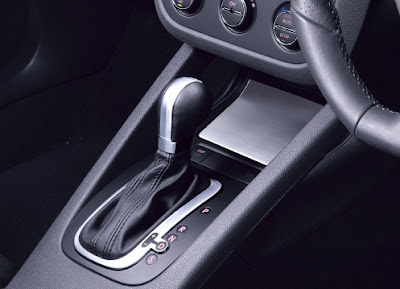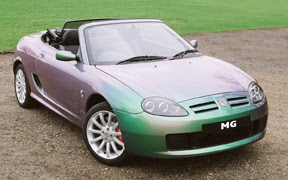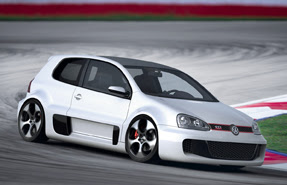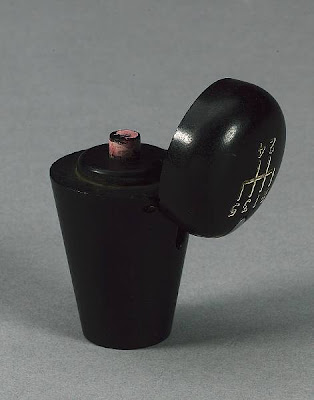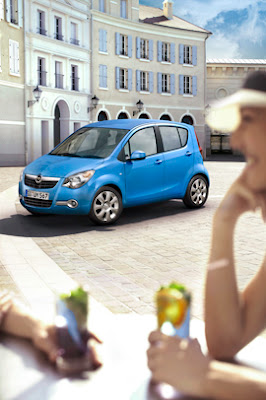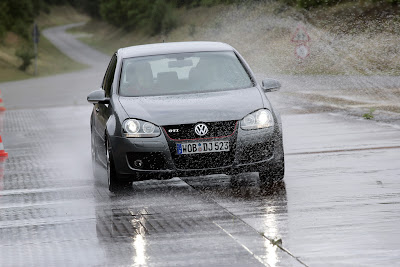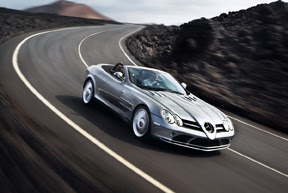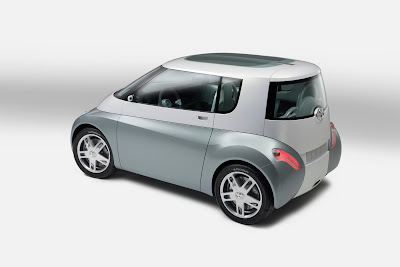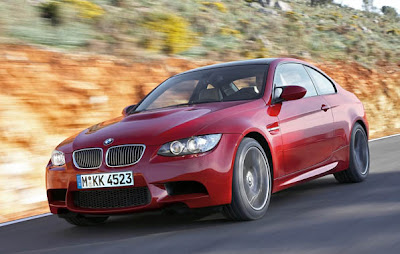
According to an internal BMW communications document, the new M3 will be available from the spring of next year with a VW-inspired dual-clutch paddle-shift gearbox that will provide near-seamless gearshifts.
Designed and built for BMW by legendary 'box builder Getrag, the new gearbox will be known as M-DCT and is being seen as a response to heavy criticism of the jerky, awkward sequential manual gearbox fitted to the M5 and M6. It's expected that the super-efficient new gearbox will make the M3, which goes on sale in September, significantly quicker and more fuel-efficient to boot.
There will also be a DCT version of the gearbox, designed for less extreme applications than M-Series cars, and will form part of BMW's Efficient Dynamics programme, that seeks major gains in fuel consumption and CO2 emissions without resorting to heavy, expensive hybrid technology.



